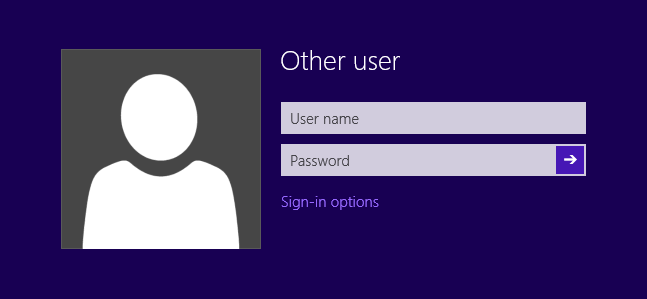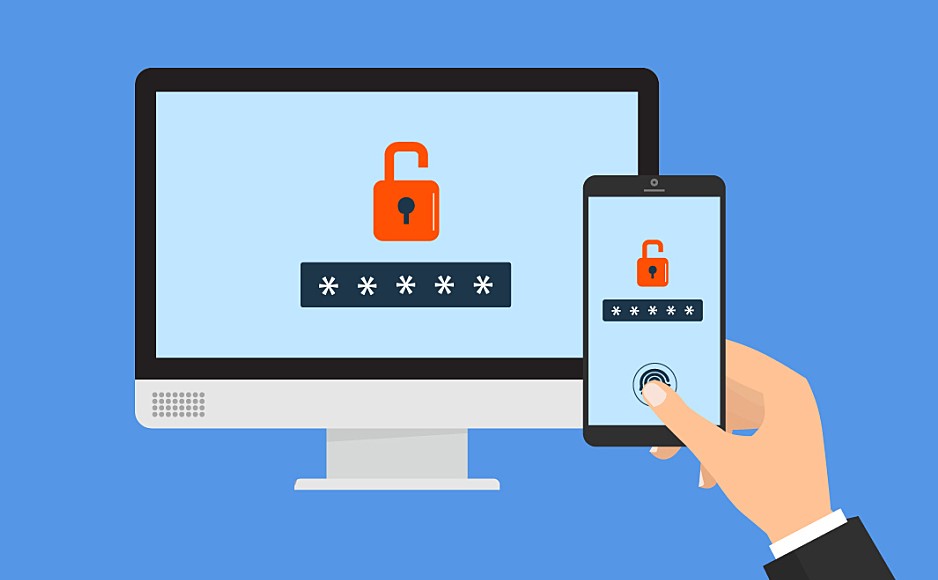Windows authentication is an important security measure on a computer. It is a method by which a user can identify themselves in a network without sharing credentials. Authentication can be performed by using a password or public key certificate, and it is particularly effective in business environments with multiple servers. However, it is important to note that these two activities can happen on separate systems. For this reason, you should be aware of the differences between these two processes.
The basic idea behind Windows authentication is to verify the authenticity of an object, service, or person. It can be done by using a user’s name, password, or even email address. This process is useful when you want to protect sensitive information or make sure that unauthorized users aren’t accessing your system. In many situations, the process is automated and does not require any human intervention. For a single-user computer, Windows authentication can be set up automatically.
Windows has two types of authentication: local and domain accounts. Local accounts are stored in the SAM of the member server and are authenticated by the local system. Domain accounts are stored in AD and authenticated by the DCs. Unfortunately, this has many problems, and attackers often target the latter. Understanding how Windows authenticates users is critical to your network security. You should also know that Windows’s password is different for each of these types of authentication.
In a network environment, Windows authenticates users with directory server accounts. It also allows groups and users to set their own access restrictions. A directory server can be registered to a machine, which helps with user authentication. Similarly, when receiving or sending a fax message, Windows determines the sender’s address by reading the sender’s address book in the directory server. In other words, it is important to secure your network by enforcing a set of rules that can prevent intruders from infiltrating your network.
Authenticity of a person or object

Another important factor of Windows authentication is its ability to verify the authenticity of a person or object. When a user connects to a website, the web server will not prompt the user for a password. The authentication process also allows users to manage the access of users to specific applications. The domain controller in a network also authenticates network services. If a user is logged in with the same identity on its domain server, the web browser will ask for the user’s login credentials.
When Windows authenticates a user, it uses one of several methods. The most common type is called integrated windows authentication, and uses a domain controller as the target. The second type is known as anonymous. If an administrator wants to protect a network, the user must have this option. Despite the fact that it may seem complicated to understand, Windows authentication is the best way to ensure security in a Windows environment. If you need to protect your data, then a strong password is the best way to protect your system.
Windows authentication is an important security feature that makes it easier for organizations to protect their networks. It ensures that people using a network are authenticated. Regardless of the type of login, Windows authentication is a crucial security measure to protect your company. While the main purpose of this process is to protect the data on a server, you need to have strong encryption on the client side. Fortunately, Windows uses the RSA cryptography protocol to prevent hackers from stealing your data.
Authentication in Windows is a process by which an object or service is verified. The Windows operating system implements several authentication protocols to ensure that only trusted entities are allowed to access a particular resource. To use the simplest form, you must register your machine and your computer. Then, you need to set up your identity in the Address Book and the password. This way, you can authenticate a user and protect your data.
Integrated Windows authentication uses the security features of Windows and does not prompt users to enter a password. It is a method that enables a user to log in to a website without being asked to enter their password. It is also used in web browsers. When you are trying to access a website, you need to be logged in as an authenticated user. Once you log in, you can browse the site or download files.
